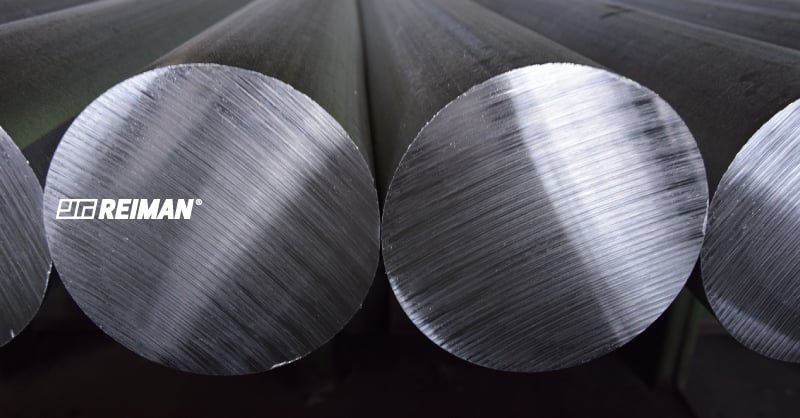We use cookies to make your experience better. To comply with the new e-Privacy directive, we need to ask for your consent to set the cookies. Learn more.
What are the characteristics of aluminium that make it one of the most Versatile metals?

Aluminium is a metal with a large presence on the planet (about 8%), but it is not found in nature in its pure form. It is necessary to use chemical solutions to obtain it. And until the beginning of the 19th century this metal had never been produced. In its early production the solutions used to obtain it had an extremely high monetary value, which made this metal a precious metal, even more precious than gold. Thus aluminium began to be used in luxurious works, such as statuettes or commemorative plaques. With the development of industry, its production increased and its applications changed, becoming used in Victorian decoration, trays and ornamental hairbrushes.
At the end of the 19th century, with the discovery of a more economical chemical solution, its production increased and gradually it began to be used in kitchen utensils and in some of the first automobiles, which already had aluminium-coated panels.
With this, at the beginning of the 20th century, the aluminium industries began to produce aluminium alloys with higher mechanical properties.
Let us now see what characteristics make this material so versatile and desirable in engineering, architecture, and industry in general.
- Melting Point
Aluminium has a melting point of 660ºC, which is a relatively low melting temperature if compared to steel (1570ºC).
- Specific Weight
One of the main characteristics of aluminium is its lightness (2,70g/cm3), having 35% of the weight of steel and about 30% of the weight of copper.
- Corrosion Resistance
Aluminium has an oxide layer in its constitution, which protects it from oxidation. It is therefore a metal with high resistance to corrosion.
- Electrical Conductivity
Aluminium has an electrical conductivity of 62% of the IACS (International Annealed Copper Standard), which associated with its low density means that an aluminium conductor can conduct as much current as a copper wire, which is about twice as heavy and proportionally higher in value.
- Thermal Conductivity
Another characteristic of aluminium is that it has a thermal conductivity of 4.5 times that of steel.
- Reflectivity
Aluminium has a reflectivity of more than 80%, making it a good metal to use in luminaires.
- Antimagnetic Property
Aluminium is also a non-magnetic metal, which is why it is often used as protection in electronic equipment. Another characteristic that this metal possesses is that it does not produce sparks, which is a very important characteristic in ATEX Zones such as in the storage of flammable or explosive substances, as well as in fuel tankers.
- Barrier Feature
Aluminium is an important light barrier element, and has characteristics of impermeability to moisture and oxygen, and is widely used in the packaging production industry.
All these characteristics make this metal one of the most versatile and economical metals available.
Get to know our solutions for Aluminium Profile!
For more information, please contact Reiman’s specialized team.


